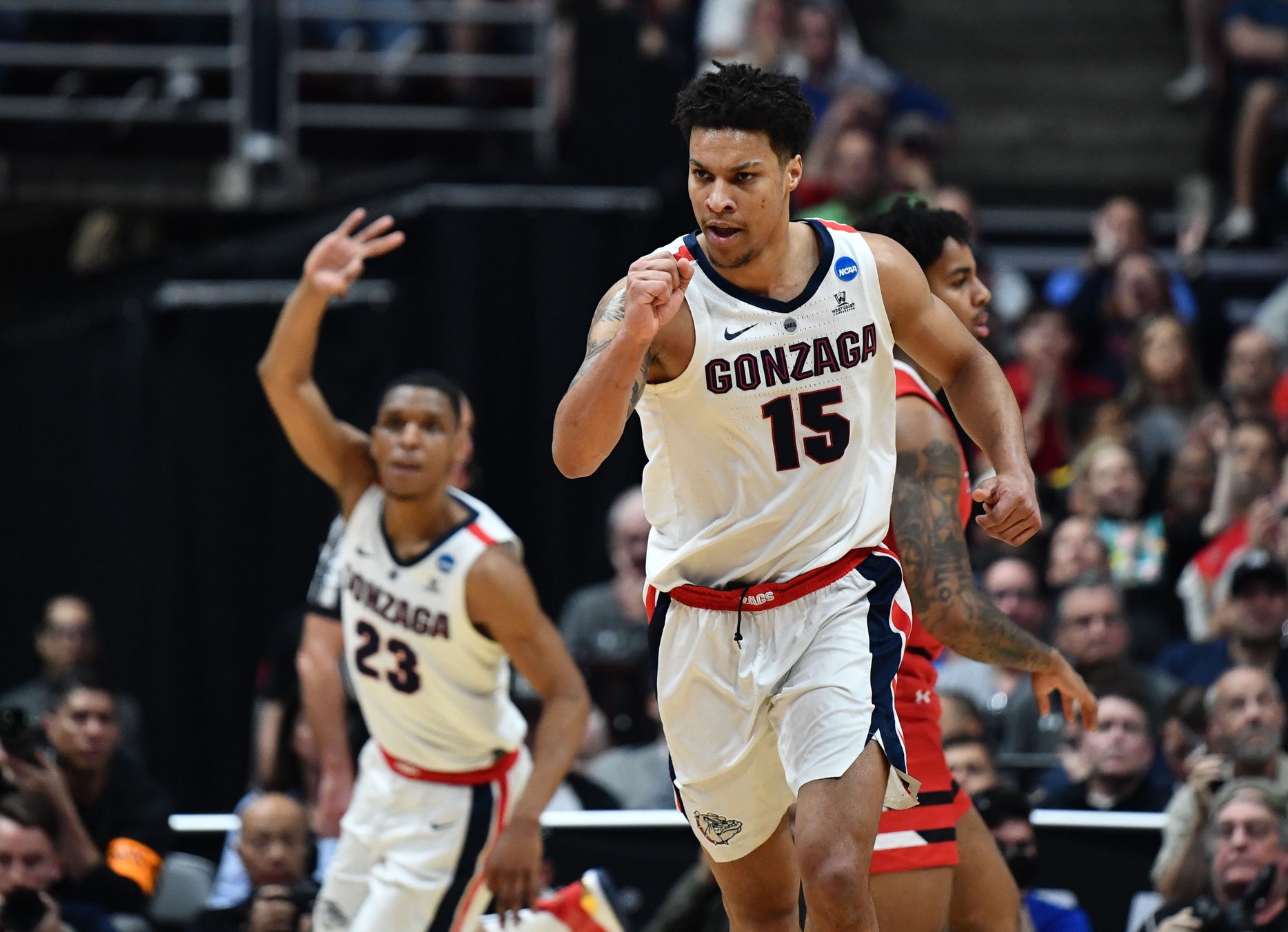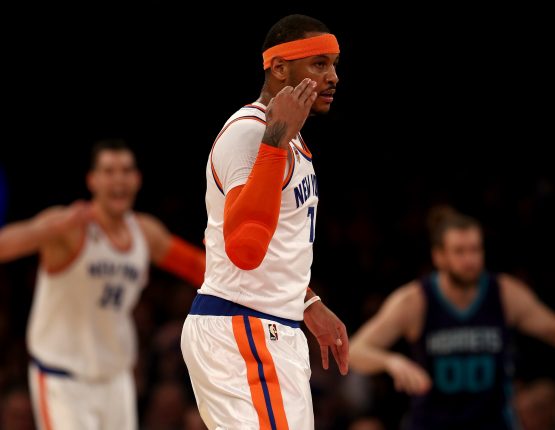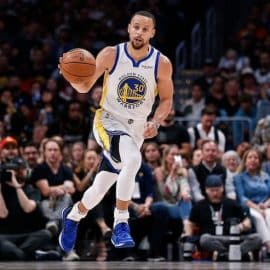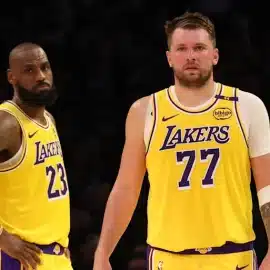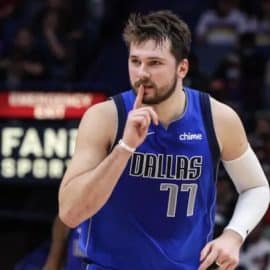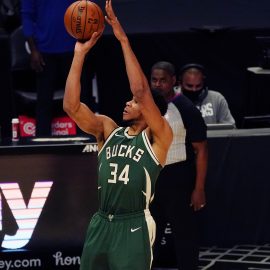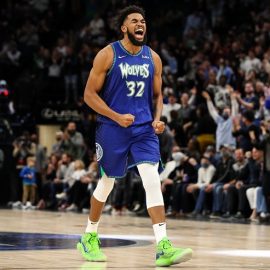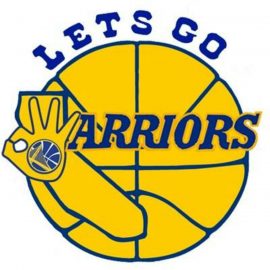Height: 6-8
Weight: 207 lbs.
Wingspan: 6-8
Birthday/Age: 9/19/96 (turns 23 in September)
School: Gonzaga
Strengths: Elite Athleticism, Defense, Offensive Efficiency
Weaknesses: Shooting, Size, Age
[protected-iframe id=”d626122945cd4dd789c2aafebe8ca313-142507471-56121583″ info=”https://www.sports-reference.com/cbb/seasons/2016.html?utm_source=direct&utm_medium=Share&utm_campaign=ShareTool” style=”overflow:auto” class=”sr_share_wrap”]
Thoughts and Comparisons
Had Zion-mania not taken college basketball by storm, Brandon Clarke’s accomplishments last season would have been given the recognition they deserved. Clarke quietly went about the season ending with a PER of 37.2, which is the highest single season number in the past 10 years in all of college basketball, excluding Zion. Per Sports Reference, Clarke led the country in both offensive and defensive efficiency and was the first to do so since Anthony Davis.
Clarke is an extremely bouncy athlete who projects to play the four or small-ball five at the next level. He registered a standing vertical jump of 34 inches and a max vertical jump of 40.5 inches – good for first among all small forwards. He has good defensive instincts and has great timing as a shot blocker, evidenced by his 3.2 blocks per game. He has good lateral quickness and has the ability to switch off onto smaller guards in the pick and roll. Offensively, he has great feel around the rim and is a good offensive rebounder because of his ability to get off the ground quick on his second and third jumps also. Here’s a fun stat: out of 374 shot attempts on the season, Clarke missed 117, which matched his block total for the season.
Having read this far, you would think Clarke should be a consensus top-5 pick, but his size, age, and shooting ability is what keep his projection lower. Standing at 6-8 with a matching wingspan, and weighing in at 207 lbs, Clarke doesn’t have great size and would be a cause for concern against stronger big men. During his redshirt season after transferring from San Jose State to Gonzaga, Clarke completely retooled his jump shot, but it’s still a work in progress. His free throw percentage increased by 12 percent to 69.4 percent after the redshirt year, which is evidence of the improvement and gives hope for continued improvement. Because of his lack of a jumpshot (right now), his offensive repertoire is currently limited. He has a great hook/push shot around the rim, but he’ll always go over his left shoulder. If he makes a move when outside the paint, he likes to set his defender up and then quickly spin to his left towards his dominant hand. In order to remain a viable pick and roll/pop option on offense, the development of Clarke’s jumpshot is a must. Finally, in an age where the NBA loves to draft younger prospects based on potential (despite witnessing older players also have great success, i.e. Malcolm Brogdon and Kyle Kuzma), Clarke’s age of 22 (23 when the season starts) is another deterrent for some.
At this point I would normally provide NBA comparisons for Clarke, both a floor and a ceiling, but I can’t seem to find floor comparison for him (fyi I really don’t like the Jordan Bell comparison that seems to be prevalent) and I think he can be better than his comparison, so can’t call him a ceiling. Here’s Clarke’s comparison: I’m going back to the beginning of the century to K-Mart, Kenyon Martin. K-Mart was a tough and explosive athlete who was also agile on his feet. His offense primarily consisted of dunks, lobs, and put backs. Later in his career, he took shorter midrange jumpshots, but was never really comfortable. I think Clarke can be a better version of Martin. Clarke is a better shot blocker and a better play maker. Although Clarke never fully showcased his ability to pass during his college career, he did show flashes as a he possess high basketball IQ.
Ideal Landing Spots
Clarke’s projections are all over the place, but I think he’ll be in the mid to late lottery. Possible landing spots include Washington (9th), Minnesota (11th), and Boston (14th). I think Clarke would fit best in Minnesota where he could play along side Karl Anthony-Towns as a solid defender and rim runner. The Celtics starting front court of Marcus Morris and Al Horford will likely be gone come free agency, so the Celtics will be in need of big men to fill the gaps left by those two.
Add The Sports Daily to your Google News Feed!
